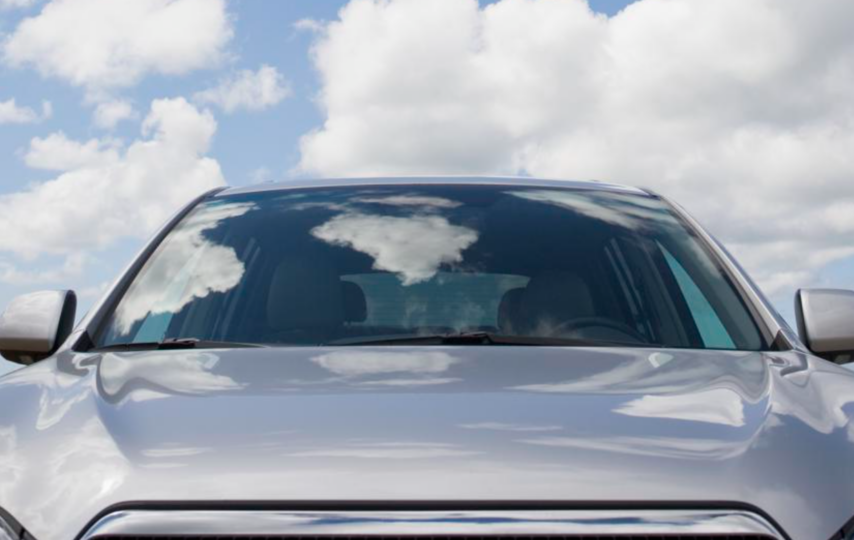Insuring a new car you’ve just bought versus a used car you’ve just bought or already using in the US can have some differences in cost and considerations.
However, you can save money on car insurance if you understand the nitty-gritty of it.
Insurance Premium of New Cars vs. Old Cars
New cars have a higher market value than used cars, and higher insurance premiums since the insurance company would pay more should there be an accident.
If you obtain a car loan, your bank typically requires comprehensive and collision coverage, and this can increase your insurance costs.
With brand-new cars, you are going to have advanced safety features that can reduce risks of accident and loss, and that can lead to discounts on your insurance premium.
If you buy a used car with cash, no loan, or lease, you may have more options while choosing your insurance coverage, Chaktty said.
For example, you can opt for liability-only coverage, and this will cover damage to others you hit and not your car, therefore it’ll reduce your insurance premium cost.
Even if you don’t opt for liability-only coverage, some insurance companies offer discounts for used cars, especially if they have safety features like anti-theft devices, alarm systems, and others.
According to Businesspally, whether you want to insure a new or old car, you should consider your environment, driving habits, and budget.
Also, your car safety features, and different insurance quotes and coverage options from different providers before choosing the one that suits you.
Different Insurance Coverage in the US
Collision Insurance
This package covers damage to your car when you collide with another car or objects, regardless of faults.
Comprehensive Insurance
This package covers non-collision incidents such as theft, vandalism, fire, or natural disasters.
Personal Injury Protection
This insurance premium covers the medical expenses of the people in the car should there be an accident, and in some cases, lost wages, regardless of fault.
Liability Insurance
Liability Insurance is required by law in most US states, and it covers damages you cause to other people or their properties in an accident.
Gap Insurance
If you have a loan or lease on your car, gap insurance can cover the cost difference between what you owe on the car and its present market value.
Rental Reimbursement
This is usually optional coverage that helps pay for your rental car while your car is being repaired due to a covered claim.
Towing and Labor Coverage
This option covers your cost of towing your car and certain labor costs like changing your flat tire or jump-starting your vehicle.
Steps involved in Insuring your Car in the US
To insure your car, the following are general steps involved.
First, you should decide on the type of coverage you need according to your state’s requirements, car value, and your circumstances.
You can visit different insurance companies for guidance before choosing your package carefully.
You would be able to compare their costs and coverage options at carinsurancecheap.net to find the best deal.
Once you have the best-fit insurance provider in mind, you need to inquire about their reputation for customer service and reliability.
Second, obtain the foam for the insurance policy you’ve chosen, and complete the details required.
After submission, the insurer will review your application and assess the risk associated with insuring you.
After that, you will be provided with a final premium quote, that is the amount you’ll pay for coverage, usually on a monthly or annual basis.
Once you make payment, you will get the proof of insurance, typically in the form of an insurance ID card.
This card should be kept in your car at all times and presented anytime it’s required.
When you get home, take your time to read and understand the policy documents, especially the coverage limits, deductibles, and others.
How to File Claims
Should there be an accident or covered incident, you need to contact your insurer quickly to initiate the claims process.
Follow their instructions for reporting and documenting the incident so they can investigate the claim, assess the damages, and work to settle the claim according to the terms of your insurance policy.
You should also review your insurance coverage from time to time to ensure it still meets your needs and adjusts accordingly when the need arises.








